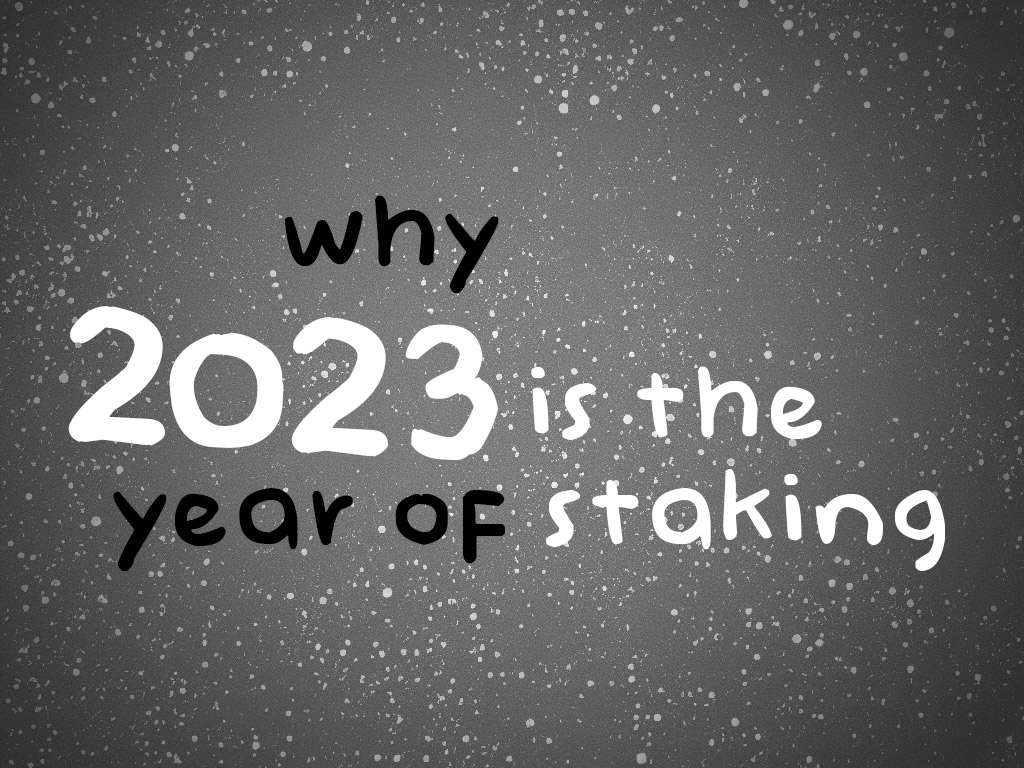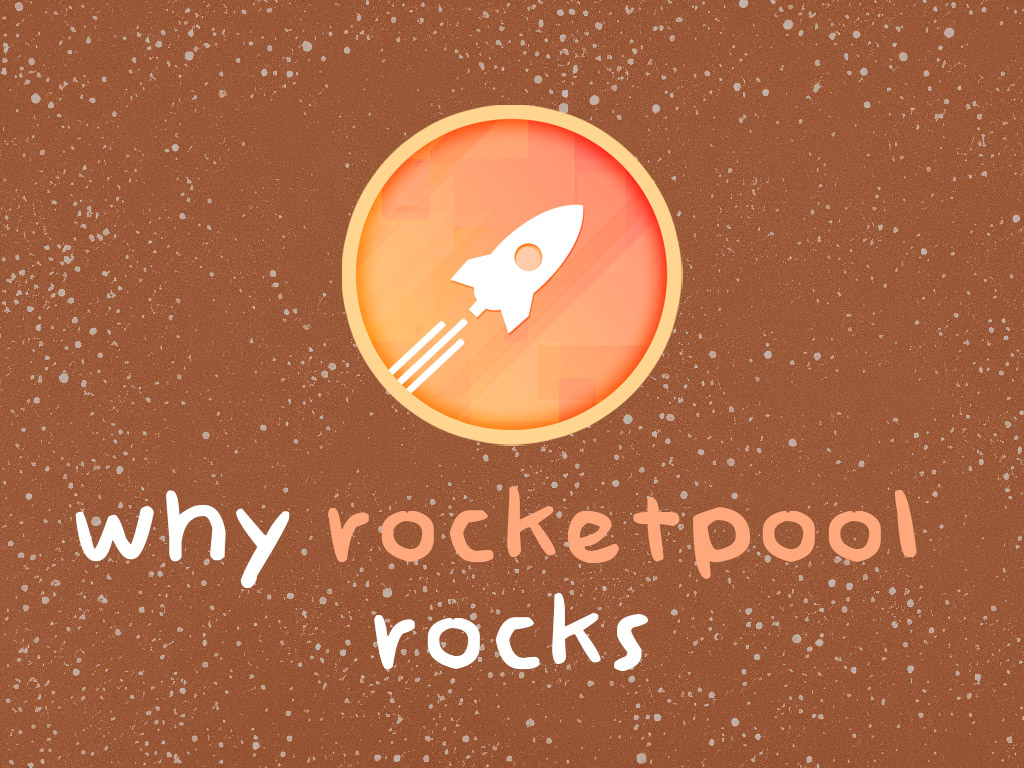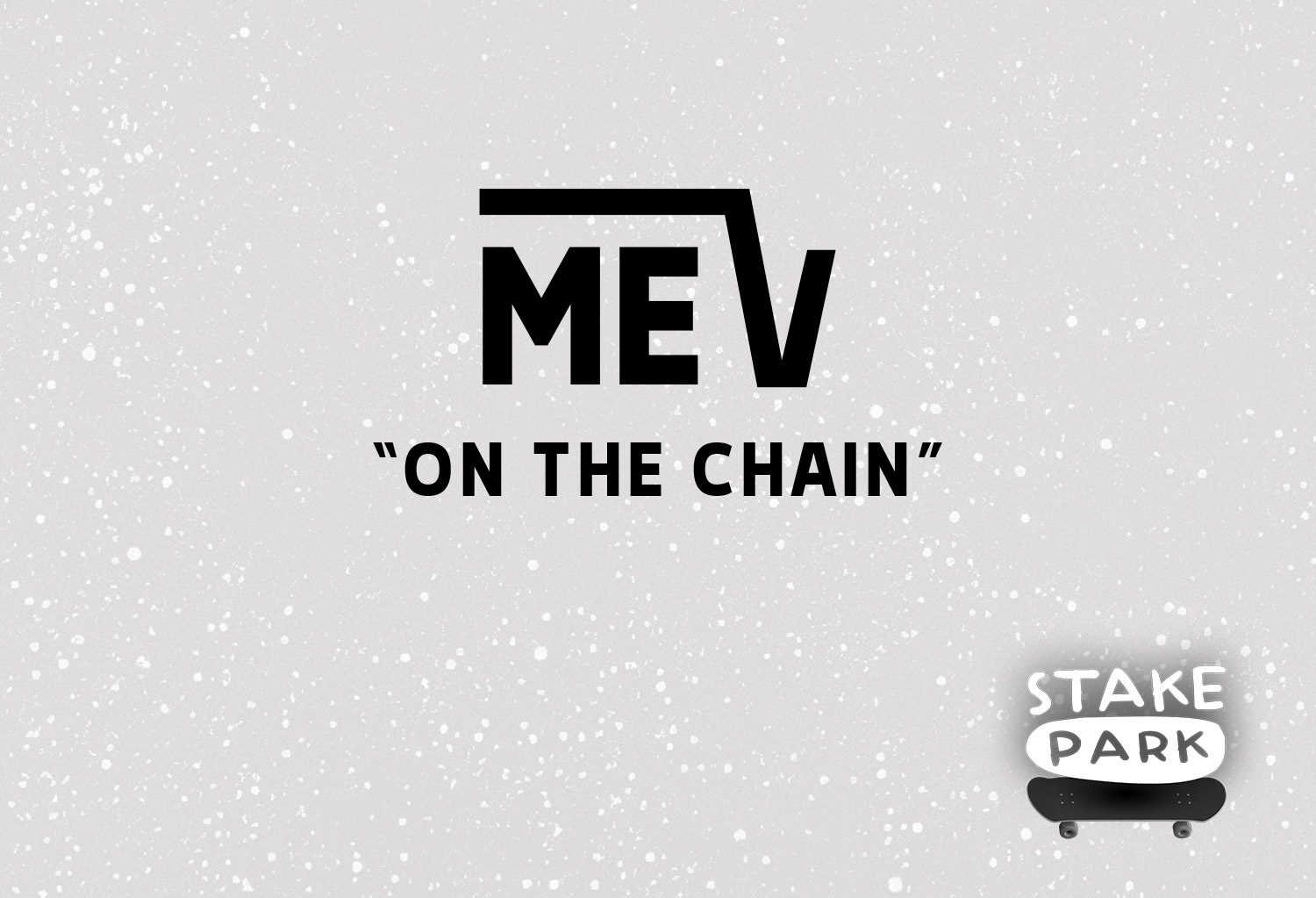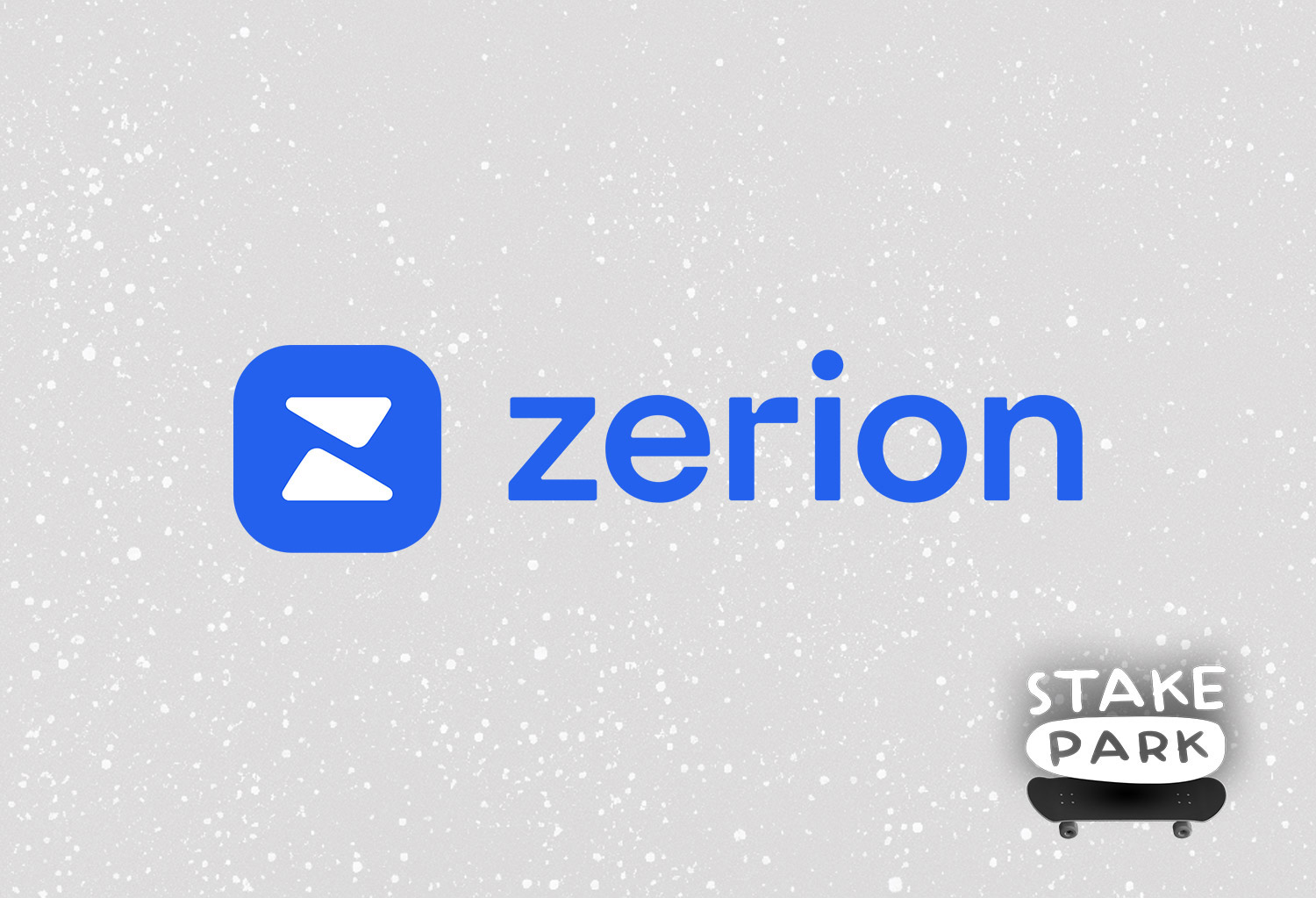A short essay on why we believe 2023 is the year staking goes mainstream…
A network relies on validators to ensure the blockchain is running 24/7 and operating without any risk or fraud. This is done by using consensus mechanisms – constructs that agree to a particular record, or set of records. And staking is certainly the most future-suited consensus method out there.
The benefits of staking cryptocurrencies are numerous. For example, you can earn interest on your tokens. This is especially useful if you’re looking at holding onto your tokens for the long term.
Many cryptocurrencies have a built-in mechanism for paying out dividends, which means if you stake your coins and hold them for a certain period, you will receive a portion of the coin’s total supply as a reward. The more coins you stake, the higher your share of the distribution will be.
This is APY or annual percentage yield.
- Think of your APY as a reward or interest on your staked crypto.
- While staked, you cannot use the crypto. It’s frozen. In other words, you cannot use that locked amount in any transaction.
Staking is the future because of four reasons:
- It’s easy, requires no setup, and is very convenient
- Direct staking using decentralized platforms keeps you significantly more secure
- It’s remarkably less energy intensive when compared to Proof-of-Work coins such as Bitcoin
- You don’t have to trust a third party by letting go of your assets
Earning yield with your crypto the easy way
The first reason is that staking is very easy and convenient. It’s a seamless process, once you know how to do it, especially when compared to mining or other niche ecosystems such as those relying on a Proof-of-Space.
Earning APY by staking cryptocurrency is the easiest and most hassle-free way to earn rewards. This wasn’t the case just a few years ago. Even Ethereum was mined via Proof-of-Work mere months ago.
You don’t need specialized hardware or a lot of technical knowledge. Staking is often only a couple of more steps than buying cryptocurrency on an exchange. Different coins pay out different APYs at different times, and their inherent values also fluctuate a lot. Incidentally, it’s highly recommended that you diversify your portfolio by not putting all your eggs in one basket.
Some good coins to consider are Ethereum, Cardano, Solana, Algorand, and Tezos, among others.
Essentially, staking is the act of locking up your cryptocurrency to earn interest on your holdings. You can think of it as taking out a loan from yourself.
In the cryptocurrency world, there are a lot of types of staking and every type has its own benefits. Staking means locking your coins into a staking wallet, which is an app or online service that keeps track of your coin’s statistics and allows you to enter and exit staking contracts.
Staking can be a good way to earn passive income if you have enough coins and are willing to dedicate time to learning how to do it. It’s also a great way to build wealth in a low-risk way since the quantity of your coin(s) will grow will you are actively staking them.
The biggest benefit of staking is that your stake will always be there. If the price goes up, so does your profit – and if the price goes down, the staking rewards can help make up some of the loss.
Staking your crypto directly: The fall of CeFi platforms
Decentralized staking is beneficial because it allows people to join without having to share sensitive information like their personal identity or credit card details with third parties like exchanges or wallets. This means they don’t have to be concerned about identity theft or data leaks when using centralized crypto-stocking services or exchanges requiring ID verification (KYC).
CeFi or centralized finance platforms have a notable advantage over other decentralized platforms that allow staking – they are easy to use. Further, as these are centralized, they could be up to no good or honest about what they are doing with your deposited funds. They might manipulate data as it increases their market penetration in a competitive market.
In fact, they are already collapsing due to different reasons. Looking up the stories of Hodlnaut, Celsius Network, or Midas will give you a clear picture and ample knowledge to know why to steer clear of CeFi altogether.
Proof-of-Stake vs. Proof-of-Work
Proof-of-Work, or PoW, is not sustainable in the long run, as we see with the energy concerns surrounding Bitcoin mining farms. Did you know that a single Bitcoin transaction takes roughly 740 kWh of energy? That’s the total energy consumed by an average US household. In over 25 days. Let that sink in.
This is during the current crypto winter. In fact, compared to today’s 67.65 TWh energy consumption, Bitcoin was using 145 TWh per year back in August and a whopping 200+ TWh per year during the crypto boom in early-mid 2022.
Mining also has other costs, such as discarded electronic waste and increasing carbon footprint. Proof-of-Stake is the second most popular way to verify transactions and validate blocks on a blockchain.
This type of consensus uses a different technique than having nodes run energy-hungry mining software on specialized hardware or graphics cards. In a proof-of-stake system, the bad actors are stopped not by diversifying nodes to solve maths problems faster than them but by putting the participant’s skin in the game directly.
When you stake an amount to participate in the network, you’re essentially freezing your own coins to gain rewards. This stops any attempt to cheat the system in its track.
So, why is Proof-of-Stake so better?
Proof-of-Stake means that the node must have a certain amount of coins in order to be allowed to participate in the network. This is different from Proof-of-Work, where the node must have a certain amount of computational power.
Because there is no need for mining or hashing, this makes it much easier to mine coins using less energy and electricity.
Many people think PoW will never be replaced because it’s profitable for miners (making money by mining). Proof-of-Stake does not require mining but still provides an annual yield on your crypto in return for validating transactions.
Proof-of-Work is a way to find out who owns a particular piece of data (a block) on the blockchain. To solve this problem, miners have to take lots of computational power from their machines and do some mathematical calculations. This process is called mining and it’s exactly what happens when you try to add a block to the chain (or blockchain).
The problem with mining is that it takes up a lot of energy and resources, making it unsustainable for long-term economic use.
There’s no doubt seeing the current trends, that more and more cryptocurrency projects are now taking the staking route rather than the mining route. Apart from the clear advantage vs. mining, staking also has advantages against other forms of consensus, mainly because all of these alternative methods need complicated devices, installation, or both.
Convenience trumps all else – and with rewards thrown into the mix, Proof-of-Stake is here to stay. In many ways, it’s the true future of cryptocurrencies.
Wrapping up
Staking is the process of locking up cryptocurrency in a staking wallet in order to earn interest on those funds. Stakers are rewarded for holding their coins, which can then be used to pay transaction fees or even buy more cryptocurrency.
Staking has many benefits for both users and the network. For users, it allows them to receive passive income from their investments in cryptocurrencies. For the network, it stabilizes the ecosystem and protects against 51% of attacks.
The first benefit of staking is that it can provide a passive income stream from your investment. If you have funds in your wallet and don’t spend them, they will still earn interest. This is because the network pays out interest every so often based on how much you have locked up in escrow (the part of your wallet that’s not available for spending). With some wallets, you can even withdraw your earnings at any time!
All in all, it’s safe to assume that 2023 is the year of staking.





Leave a Reply